
|
| Accept Cookies | Customize | Refuse Cookies |
Notomb www.juzaphoto.com/p/Notomb  |
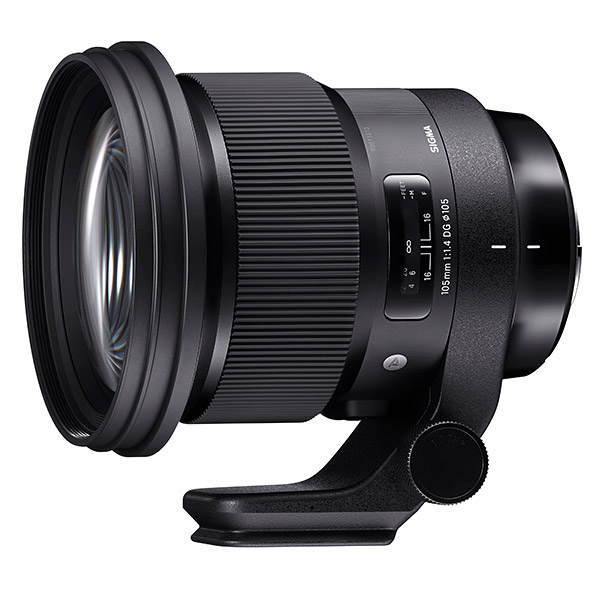 | Sigma 105mm f/1.4 DG HSM Art Pros: Excellent when used with open apertures, titanic construction, good af, price when compared to today's dark ciofegons. Cons: It loses much of its charm if you close the aperture too much and the blurry becomes more nervous. Abnormal girth, difficult to place it in bags or backpacks. Opinion: Sold and then taken back in L mount. I don't use it a lot because if I leave with this one it stays at home patch stuff. The problem is the size of the circumference. In the car (panasonic S series) it is well balanced, short and stocky. It should almost always be used wide open or a little less. I've always removed the useless tripod attachment. I prefer to go out with the 40mm and 135mm but sometimes I only go out with this one. If I had a bigger studio and not a hole it would always fit. I don't think there's much to say about the optical quality of this lens. In my case it's a plus, but I'm holding on to it. With today's prices it is almost given away both new and used. Disable any corrections in the room and reserve them for modern ciofegon, they cost twice as much and are also badly made. sent on December 22, 2023 |
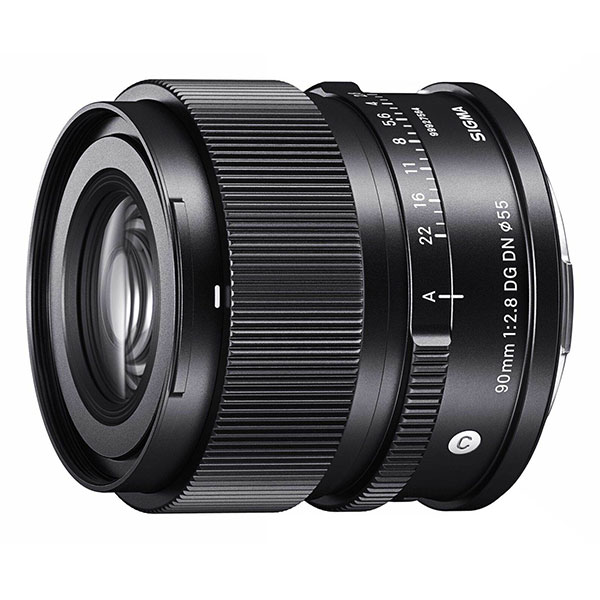 | Sigma 90mm f/2.8 DG DN C Pros: Weight and sizebut but at what price?, construction and metal lens hood, also equipped with magnetic cap but then the accessory to store it? Cons: Price especially in L mount, blurred not very nice, closed shadows, a lot of contrast and sharpness only perceived. Opinion: A lens that did not convince me, it is not worth the price which is disproportionate to the performance. Lots of contrast, closed shadows, blurred not very nice in some situations. Coincidentally, many reviewers present black and white photos with this lens, but it goes. Certainly, the weight and size are attractive to fans of the "pocket" machine. The photos that come out look like they have been passed through with the PS High Pass filter and with a very high percentage. Many might even like it, but I don't, especially for the amount requested. He is the second DG DN with these characteristics, the other I cannot name, I would have been shot. I close my experience with DG DN, I keep the old ones and when the opportunity arises I take others. sent on April 28, 2023 |
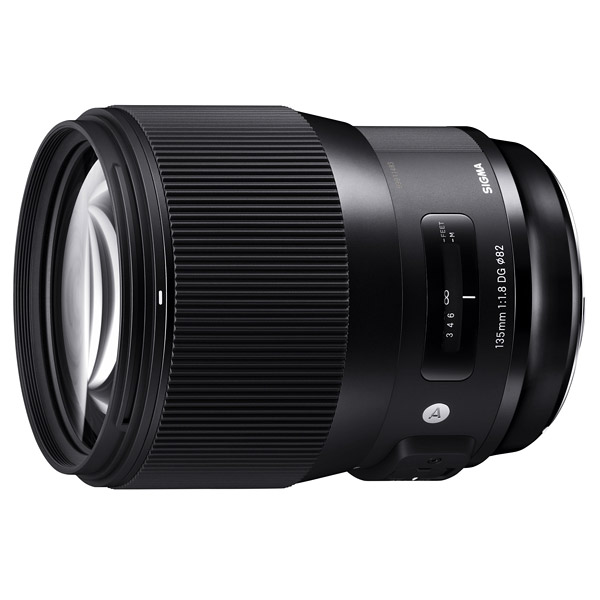 | Sigma 135mm f/1.8 DG HSM Art Pros: All Cons: You have to work hard to find them. Opinion: Excellent. Among the last old school Art that still did not need the famous corrections in the car. More compact than 85mm Art. Who complains about the size I think has never seen the old 135mm bright. Specialized optics used for this purpose for decades. It should be used for the purpose and with open diaphragms. Nothing prevents you from using it for other things but you might as well take something else. Recommended especially for bigmpx. sent on December 30, 2022 |
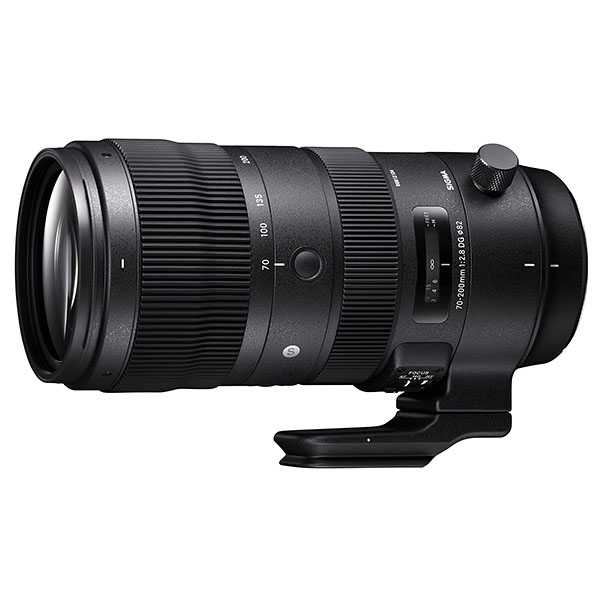 | Sigma 70-200mm f/2.8 DG OS HSM Sport Pros: Construction, quality, price Cons: Released too late and for SLR, he loses with subjects at a distance. Opinion: Late review, just to dust off one of the many Sigma lenses unjustly ended up in oblivion at Sigma. Excellent when used at "short" distances as full-length portraits. It loses with subjects at a distance, both for blurry and sharpness. Classic lens for ceremonies or events, the name Sport is misleading. It could certainly be improved in dg dn version but Sigma is committed to making 30 fixed lenses to cover from 20 to 65mm and then is linked by the agricultural consortium L mount where Panasonic has two 70-200mm that cost a bang and sells 2 in Australia, 3 in Europe and one in Costa Rica. How could Sigma do with a 70-200mm DG DN f2.8 that costs less than Pana's f4 and is higher than the 2.8? Released late when there was now the transition from Reflex to ML, sold few and few are found in the used while maintaining high prices. Recommended for those who have top-of-the-range SLRs if used in the areas described above. sent on September 25, 2022 |
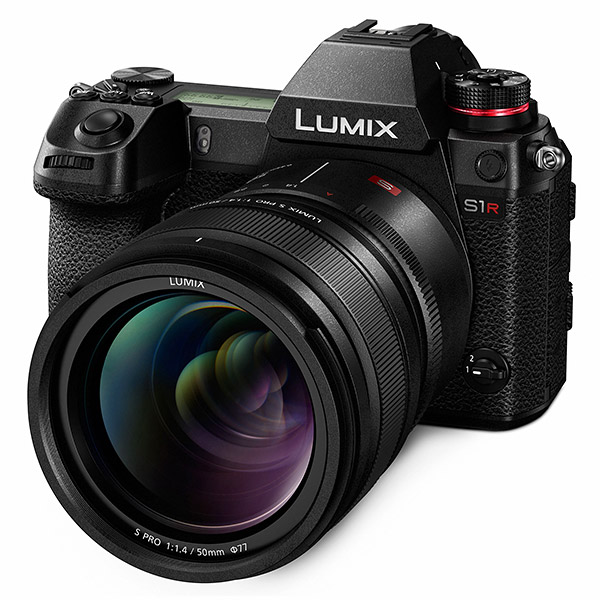 | Panasonic S1R Pros: Excellent complete machine in every department Cons: Weight and dimensions are there, prices too high for bodies and the few goals Opinion: There would be to write a book on the release of these S1 / R. Late releases at exaggerated prices, with 3 objectives in cross at unjustifiably high prices. It was certainly not the way to enter this category last. Let's go to the car. Well built, complete. Viewfinder, screen, functions, keys, materials are all as it should be. The only drawback is the XQD slot but at that time you had to pay pledge to Sony while she did not mount them. The AF is not at the highest levels but it is still good but here we enter the subjective, how to use the machine and for what. Excellent files with a dominant hot / orange that goes a little' dampened in post. Huge files, those who shoot a lot like me at events fill HD tape. If I went back, I would sell the R and keep the S1. The 2 machines are identical, changes the sensor and the electronic shutter that with the R reaches 1/16000 against 1/8000 of the S1. On the other hand, raising the ISO the R shows the strings 2 stops before the smooth. On the video side I have no idea, I don't care and it's just ballast for me. In the used they have excellent prices and data in hand have characteristics superior to the competitors of the time. The weight and dimensions are there, there is no denying it. Considering that they must be combined with top lenses, especially the R, weight and size are felt. Everyone will make their own evaluations but I hope you do not take an R to combine with 20-60 or the latest plasticotti released to "remedy". It consumes a lot considering the generous size of the battery. It tends to drain the battery if left in the car at rest. Unworthy eyecup, I could work a little harder. Once the machines have been registered, the warranty can be transferred to the new owner. Luxury packaging where the heaviest thing inside is not the machine but the manuals. They look like the old encyclopedias of yesteryear. sent on September 21, 2022 |
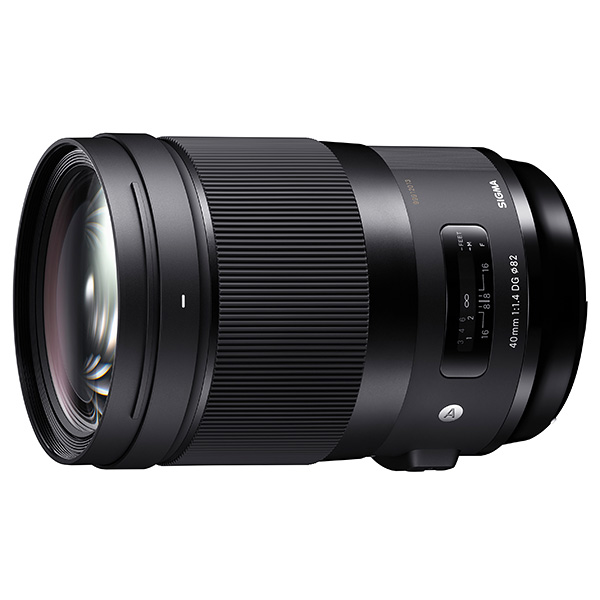 | Sigma 40mm f/1.4 DG HSM Art Pros: Exaggerated throughout Cons: Abnormal weight and dimensions for a 40mm. Unthinkable to mount it on modern machines designed for Hobbits Opinion: Exaggerated throughout, image quality, blurry, construction, weight and size. I never understood the sense of getting it out despite having an excellent 35mm and 50mm Art but that's another story. Difficult to sell it also because few bodies can afford to support it. Recently it is found at 50% less than the original price and I took advantage of it. The reflex attack makes it even more unbalanced but I am almost certain that it will no longer be re-proposed ML DG DN attack where there is the equally excellent 35mm f1.2 that in comparison, as weight and size, seems a "light" lens. I'm used to out-of-size bodies and optics but this certainly puts you in trouble. The results almost make you forget the whole thing. The Panasonic S1R looks like another machine. Another thing compared to the excellent 50mm Art, it plays with the 35mm f1.2 Art which, however, vignettes much more. It is a lens out of the ordinary. Do I recommend it? Maybe not, but I hold on to it. sent on June 08, 2022 |
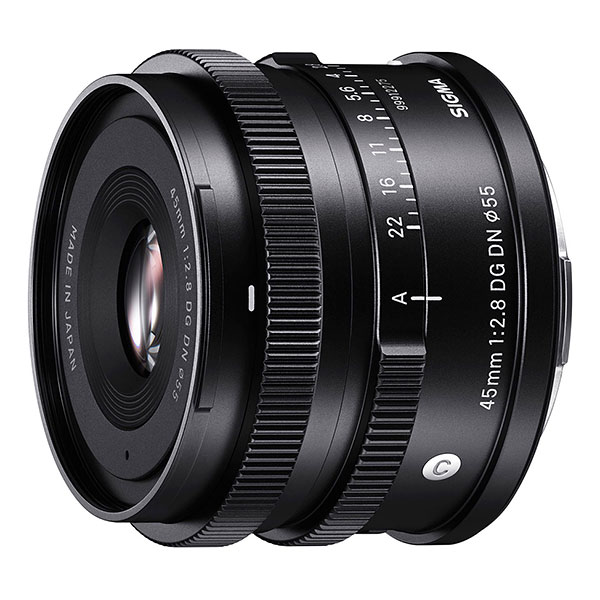 | Sigma 45mm f/2.8 DG DN C Pros: Construction, compact and lightweight. Special features Cons: Price, particular objective, difficult to find a place of use. Opinion: For once the reviews agree. From f4 onwards it is a great goal, I dwell on the "different" part. At f2.8 there are vintage style aberrations (halos) but there is still a part of detail that in vintage there is not really a TA in principle. The blurred benefits, the effect and the more marked the closer we get. Especially in the highlights and the whites. You may or may not like it but it is certainly a lens that goes beyond the norm. Knowing how to tame and exploit it can give excellent satisfaction. Difficult to place it in a kit, it can not replace a classic 50mm or 35mm. Let's say it's a plus. However, I consider the price excessive for a 45mm f2.8. At close ranges, aberrations undermine Panasonic's AF in special circumstances. Offering it in kits was not a great idea. There are many used and the price becomes more congruous. I see it better on Sony or Sigma FP bodies, it was the first lens called the I series (compact and light) and I think it was born precisely for the FP. I recommend it for lovers of vintage and blurred particular. Those looking for a small and light "normal" focal length, otherwise it is better to go on a classic. sent on May 04, 2022 |
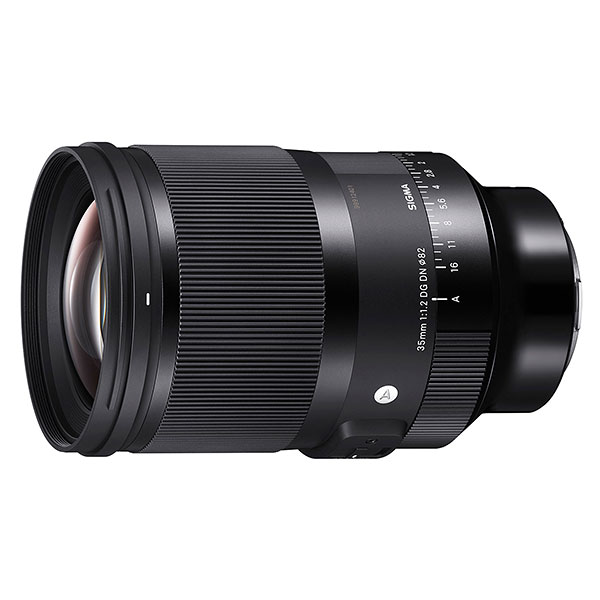 | Sigma 35mm f/1.2 DG DN Art Pros: All Cons: Nobody, maybe the AF is not very fast because of the amount of glass to be moved. Opinion: Spatial, certainly it is bulky and heavy but if you want quality there is little to do. Those who think that basically it opens a little more than the f1.4 means that they have not tried it. It is something else. Objective that is worth what it costs. I recommend it especially to those who have the Bigmpx to finally put them to the whip ............... sent on April 14, 2022 |
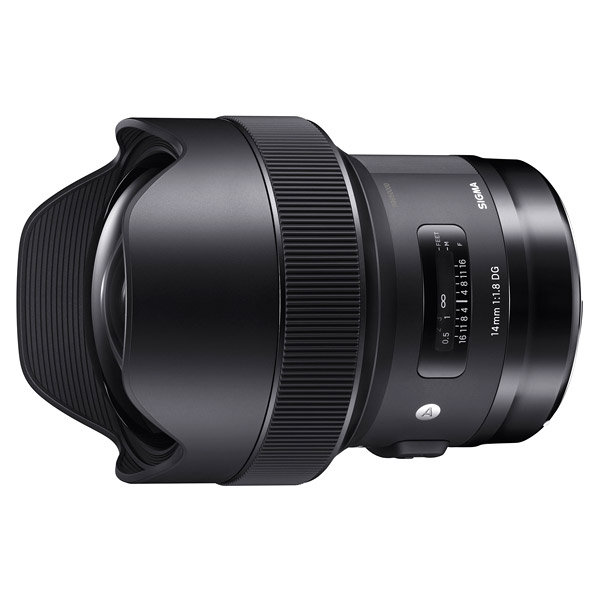 | Sigma 14mm f/1.8 DG HSM Art Pros: All Cons: Don't have it Opinion: In one word, stratospheric. One of the few lenses that really makes a difference wherever it's mounted. A crime to limit it to only specialized areas. A masterpiece that Sigma has been careful not to promote. Had it come out of other famous brands, in addition to costing three times, it would have been on everyone's lips for years. It matters little, lucky who has it. He will stay with me as long as I feel like photographing. sent on November 09, 2021 |
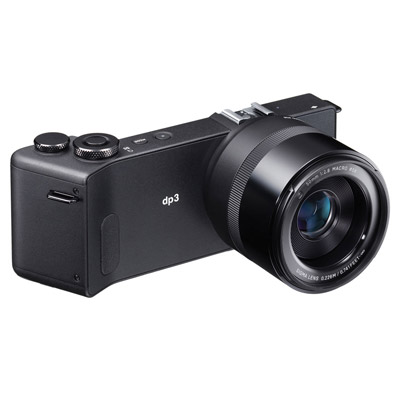 | Sigma DP3 Quattro Pros: File quality, cost, great built-in lens, second battery supplied. Close AF function that allows for a great playback ratio. Cons: Obviously the limits of the Foveon and the limits of a compact without viewfinder and fixed screen, penalizing shutter, rubber SD door. Opinion: Surprising that it has a lower rating among the DPs. It is the best success (coupled optical sensor) together with the DP0. The sensor is the same as the SDQ but coupled with the 50mm f2.8 the file is slightly less contrasted, a softer coat that makes it more pleasant. Very low price for what it offers in terms of files. A 50mm on aps-c should give an idea of the range of use. Too bad the central shutter of 1/2000s that limits its use in situations of good light. For the physical limits of this shutter you actually get to 1/1250s at f2.8, then 1/1600s up to f4 and then at 1/2000s up to f16. It is clear that shooting at f2.8 in good light is not talked about. On the other hand, it always synchronizes with the same times with the flash avoiding the limits and the use of HSS. There is no viewfinder (optional a helmet for the monitor that I would never mount) and the monitor is small and not excellent. As in all compacts with such characteristics with good light it is really difficult to frame and possibly review the photos to verify the MF. Having said that and knowing the strengths and weaknesses of the Foveon (see review of the SDQ) if you exceed all the limits for your way of photographing it is a great machine that will give you satisfaction and possibly allows you to approach the Foveon with a very contained expense. sent on October 21, 2021 |
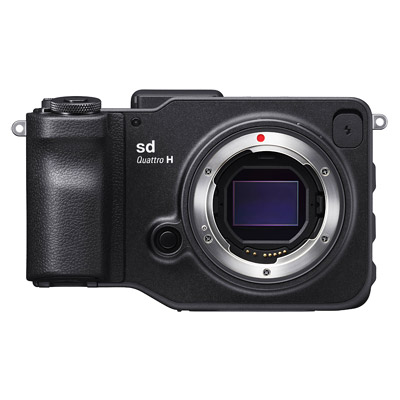 | Sigma SD Quattro H Pros: SDQ's own minus the price Cons: The same as the SDQ no longer exist Aps-H optics Opinion: The same one I wrote for SDQ but in this case something has to be added. It is identical to the SDQ, an additional item in the menu, self-on-off crop and a small part of the additional sensor. The photos are identical changes the file size. 6200x4152 vs. 5424x3616. In order to take advantage of the extra sensor portion, you need to use DG series FF optics or some for APS-C DC series that almost cover, and I stress almost, the APS-H sensor. the 18-35mm A on the 50-100mm A and 30mm A. the files are fuller and become even slower, both in recovery and development. It costs exactly twice as much, both new and used, is it worth it? Everyone will make their own comments. Incomprehensible that the H has a higher rating than SDQ. As I wrote for SDQ, it costs too little and many have matched us with an old 20-year-old Sigma lens by nullifying it. The H cost twice as much and "forcing" a more suitable purchase of lenses benefited. I preferred to have 2 SDQ bodies. sent on December 10, 2020 |
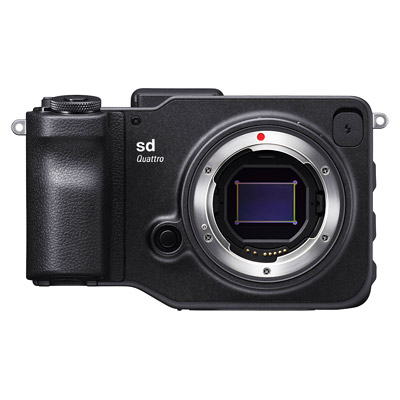 | Sigma SD Quattro Pros: Image quality, construction, price, ease of use, No video, not a Bayer, jpeg already great Cons: It's not a Bayer, totally different approach, basically an ML prototype with Reflex attachment. Opinion: I write a couple of things after 3 years of use. Solid and well-built machine body, few things and those you need, you don't need the manual to use it. Particular design, too bad the hideous fixed extension tube to accommodate Reflex optics. Spectacular and unapproachable images for any Bayer. No one talks about it but jpegs are already excellent as well as exposure and BW, rarely makes mistakes and you really have to force it to do so. It is not a Bayer and cannot be used as such. 100 fixed iso, you can get to 400 in emergency but with a loss of quality, in Black and White you can reach up to 1600 with grain effect. Essential and slow but reliable AF compared to previous models, AFC does not exist. In 2017 (the year I bought it) there were problems with artifacts, probably an excessive intervention on the NR. Since 2018 the problems have been solved (I believe from FW1.08) and even the subsequent FW have made the machine excellent for file quality, the limits obviously remain such. Raw processing SW (X3F) is slow but acceptable and is the only one that makes the most of your files. They have implemented shortcuts such as DNG files and PS plug-ins to open X3F files but they are all pejorative. The battery consumption is high, I use the screen little, turn off the machine as soon as possible, tends to heat even in Stand-by. For overheating so many legends, I use the event machine, 90-100gb of material on 2 bodies. The symbol (temperature) appeared to me 3 times in 3 years. July 35 degrees. RiminiComix. It is not a machine for everyone, those who come from the film benefit, those born with digital and Bayer will be embarrassed by this machine. We need bright and obviously heavy optics. I've seen a lot of SDQs sold with old Sigma optics blaming SDQ. The low price did damage in this case. It is, however, a flagship and must be coupled accordingly. The SA attack is highly limiting. The machine could be improved with little, they could at least make a version 2 with L attachment. Body defects, front ring on the shutter button too hard, comes from previous models, flash sled attack that sometimes inexplicably loses contact with its flash and trigger. Horrible, unsynchronized shooting noise, sometimes 1/4000s shots and the shot is like shooting at 1/10s. sent on December 10, 2020 |
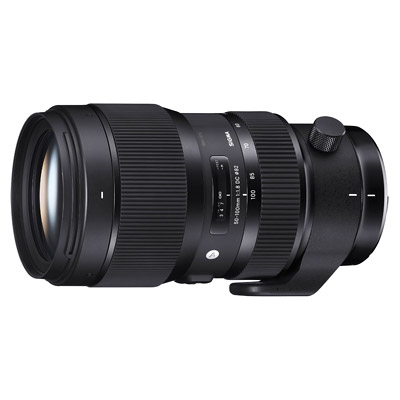 | Sigma 50-100mm f/1.8 DC HSM Art Pros: Sharpness, Brightness, Solidity, Price Cons: Only APS-C, Weight, not tropicalized. Opinion: Along with the 18-35mm Art is the best for Aps-C, it also covers the H format. The weight is there but it is a fixed f1.8. With a robust machine body there are no particular problems. Relatively low price for features. The stabilizer would be useful but would further increase the size. Limited excursion due to the opening but excellent for various types of portraits and not only. Not suitable for those looking for lightness and portability. If it were also for FF I would be very happy. sent on October 27, 2020 |
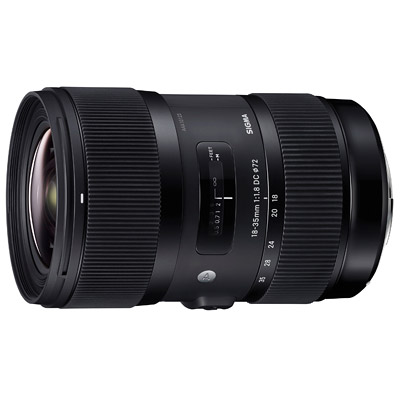 | Sigma 18-35mm f/1.8 DC HSM Art Pros: All Cons: The focal point is a bit shrivelled but forced by the wide brightness Opinion: I've been using it for 2 years and it's now irreplaceable. There is nothing that comes close to him on Mirrorless APS-C /H and M4/3. If you are lucky and can mount it on your room, even through adapters, do not hesitate to buy it. Any restrictions will be largely repaid. At the focal you get used to, certainly a 16-50mm f2 would be preferable :-) It should be updated to make it tropicalized but now the optics for APS-C I think are in decline. Keep in mind in reviews where the lens is used. Mine on Sigma SDQ and H and soon on Fuji XH-1. The AF is pretty good but it depends on the body where it is used. The SDQ is slow of its own, judging the AF of 18-35mm would be ridiculous. It satisfies me. I vote 9.8 for the blurry that is sometimes a little too nervous, otherwise it would be from 10 and praise. sent on May 11, 2020 |
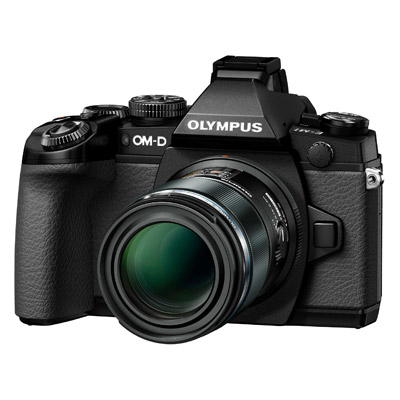 | Olympus OM-D E-M1 Pros: Aesthetics, speed, stabilized Cons: Cervellotico Menu, many keys in little space can create problems in large hands. Opinion: Snubbed for years the M4/3, thanks to an exchange I tried the EM1. It has nothing to envy to other formats. Using adapters you can use old 4/3 or old manual optics that become stabilized. Functions that others only discover now. Now in the used it is at a favorable price and with little you bring home a great car. Be combined with good lenses. Not being my primary system I opted for savings. The 4/3 12-60 Swd 2.8-4 (excellent) via adapter and the Sigma Art 60mm f 2.8. It costs 2 lire used and is mind-blowing for portraits. Sure if you have to take from testing to monstrous magnifications and to ISO fiction you will find some difference with new models. In practice normally used between 200 and 800 iso None, I repeat, no one is able to grasp the differences. sent on May 04, 2018 |
 JuzaPhoto contains affiliate links from Amazon and Ebay and JuzaPhoto earn a commission in case of purchase through affiliate links.
JuzaPhoto contains affiliate links from Amazon and Ebay and JuzaPhoto earn a commission in case of purchase through affiliate links.May Beauty Be Everywhere Around Me